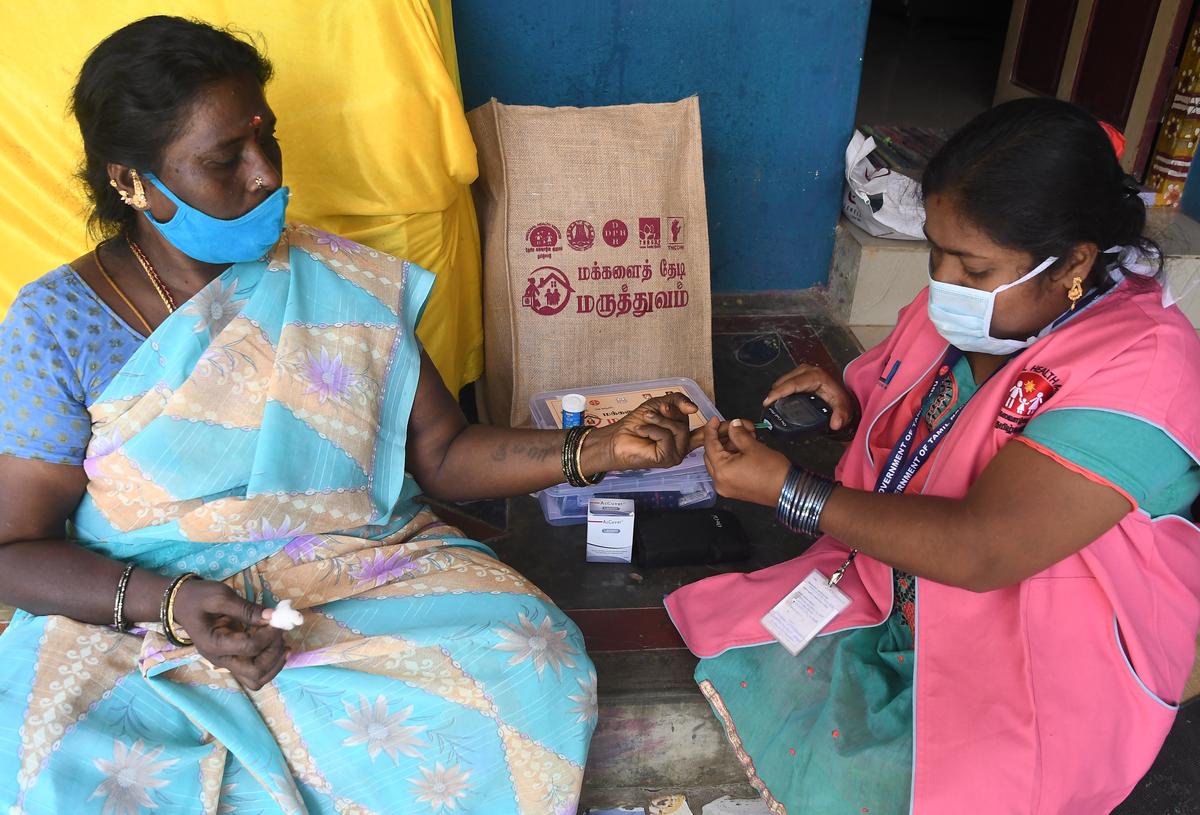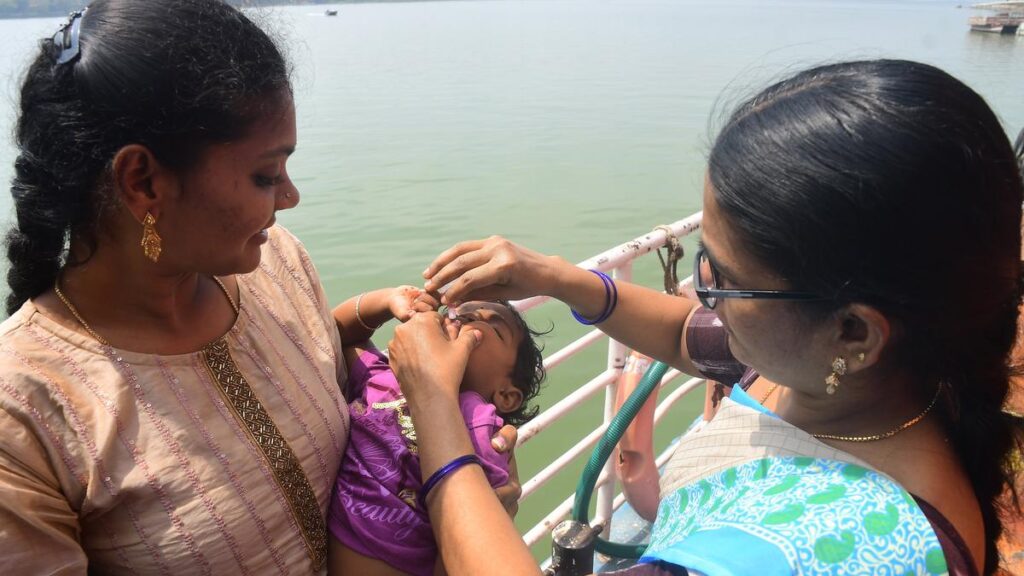World Health Day 2025, which fell on April 7, carried the theme ‘Healthy Beginnings, Hopeful Future’ a message of promise. Yet for India, this future is tethered to a present riddled with structural lapses in public health preparedness. At the heart of this fragmentation lies a lesser-examined but critical fault line: the state of public health and its education in India, including the design and delivery of the Master of Public Health (MPH) programmes.
A common misconception about public health is that it is a sub-domain of medicine, primarily involving doctors and hospitals. But that is a narrow and incomplete view. Public health is both an art and a science. It combines the best of medical sciences, engineering solutions, and social science understanding. As a science, it is grounded in medical knowledge (like the germ theory of disease), engineering principles (such as water purification and sewage systems), and social sciences (which explain how poverty shapes health outcomes). It is the art of persuasion, communication, and creative problem-solving—the ability to design campaigns, shift behaviours, and build trust within communities. This blend of disciplines makes public health a field unto itself.

How public health works in India
In India, public health is often reduced to a ‘State subject’ in policy circles, as mentioned in the 7th schedule of the Indian Constitution. This misses the field’s complexity, scope, and inter-sectoral nature. A deeper reading of the Constitution shows that public health responsibilities are scattered across the State, Union, and Concurrent Lists. For example, drug safety, pollution control, family planning and food safety fall under the Concurrent List, where both State and Union governments can legislate. Meanwhile, critical areas like quarantine, international health regulations, and Census and vital statistics belong to the Union List. Even in States, public health is often restricted to primary care and health education. This results in fragmented public health governance between different layers of government, without a coherent chain of command or common vision. This scattering is not accidental but a Colonial inheritance. India maladapted much of its health structure from the British system—a unitary state—while forming a federal nation.
Even within States, public health responsibilities remain split. Public health was never housed within a clear executive arm. Within the executive branch, it was further divided between the Ministry of Health, Ministry of Water Resources, Food Safety Departments, and local bodies. Immunisation and disease control are managed by the departments of public health and preventive medicine, while food safety falls under a separate Commissionerate, and water and sanitation are handled by public works departments or municipal boards. There is little synergy, and limited accountability.
Public health in India was never positioned as a cohesive national agenda. This disjointedness has consequences. When public health is handled in silos, it becomes reactive. For example, we fight tobacco-related cancers while subsidising tobacco cultivation. The Indian Council of Medical Research combats disease against tobacco, yet the Indian Council of Agricultural Research’s Central Tobacco Research Institute enhances tobacco yield. This contradiction in vision, where one hand heals and the other harms, reveals the urgent need for unified, coherent public health governance—and education.

Public health education in India
Master of Public Health (MPH) curricula across India are as fragmented as the public health governance structure. Just as public health responsibilities are scattered across multiple Ministries and Constitutional lists, its educational mandate is dispersed across institutions without national coherence or standardisation. The MPH is the foundational training ground for future epidemiologists, public health engineers, food safety officers, behavioural scientists, and health economists. Yet it operates in silos, mirroring the very dysfunctions that plague our health system. The training required to serve such a vision must be robustly interdisciplinary. Unfortunately, India’s MPH courses fall short of this ideal.
One of the first hurdles is the inconsistent eligibility criteria for MPH programmes. Some universities restrict entry to those from medical, dental, or allied health backgrounds, while others accept graduates from any discipline. The intention of inclusivity in the latter is welcome, but this diversity becomes a challenge without a standard baseline curriculum or foundational modules. The courses vary widely—some are overly theoretical, others heavily managerial, but few provide hands-on experience or technical depth. This lack of standardisation leads to significant disparities in student capabilities, even among those holding the same degree.

Public health is both an art and a science. It combines the best of medical sciences, engineering solutions, and social science understanding. Photograph used for representational purposes only
| Photo Credit:
JOTHI RAMALINGAM B
Crucial domains of public health are often completely omitted or superficially addressed. Public health engineering, which includes designing and maintaining systems for water purification, waste disposal, and drainage—the backbone of disease prevention—receives minimal attention. Similarly, nutrition is often taught as a static concept, with little integration of food processing, food handling practices, or food technology, all of which are essential to ensure food safety and preventing contamination-related diseases. India’s regulatory framework for food safety may be housed under the Food Safety and Standards Authority of India (FSSAI), but the skills to interpret and implement its policies are not systematically included in MPH curricula.

The absence of training in behavioural sciences is equally troubling. Understanding human behaviour is key to changing health practices, whether it is encouraging vaccine uptake, reducing tobacco consumption, or improving sanitation habits. While some institutions may offer modules on health communication, few delve into the depths of behavioural change theories, psychology, or social marketing that are necessary for large-scale public health impact. Health technology assessment, an emerging field that evaluates the cost-effectiveness and impact of health interventions, is taught in only a handful of institutions, limiting our capacity to make evidence-informed policy decisions at scale.
The two-year MPH programme, in its current form, is also under strain from the breadth of what it tries to accomplish. Expecting mastery across epidemiology, health policy, behavioural science, health economics, and operational research within this time frame is unrealistic, especially with thesis requirements and field postings. This compressed format often reduces complex subjects to superficial overviews, doing injustice to the students and to the field. A relook at the programme duration, perhaps introducing modular training with exit and entry flexibility, may be essential.
Systemic invisibility
Despite completing training, MPH graduates in India face systemic invisibility. There is no structured public health cadre across most States that values the technical skillset of MPH professionals as envisioned in National Health Policy 2017. As a result, most find employment in short-term projects, NGOs, or data-entry roles in health departments—positions that fail to utilise their full potential.
The situation is disheartening not just for aspiring professionals but for the nation. Without a technically equipped public health workforce, our response to emerging challenges—be it antimicrobial resistance, climate-induced diseases, or future pandemics—will remain reactive and weak. Public health, like national security, cannot be an afterthought. It must be proactively nurtured. India must begin by fixing its public health education ecosystem. We need a nationally coordinated curriculum that sets minimum standards while allowing for regional adaptation. Our MPH programmes must produce professionals who can engage with epidemiological data, assess health technologies, lead disease surveillance units, and advise policymakers on environmental and occupational risks.
(Dr. C. Aravinda is an academic and public health physician. The views expressed are personal. [email protected])
Published – May 09, 2025 07:00 am IST

